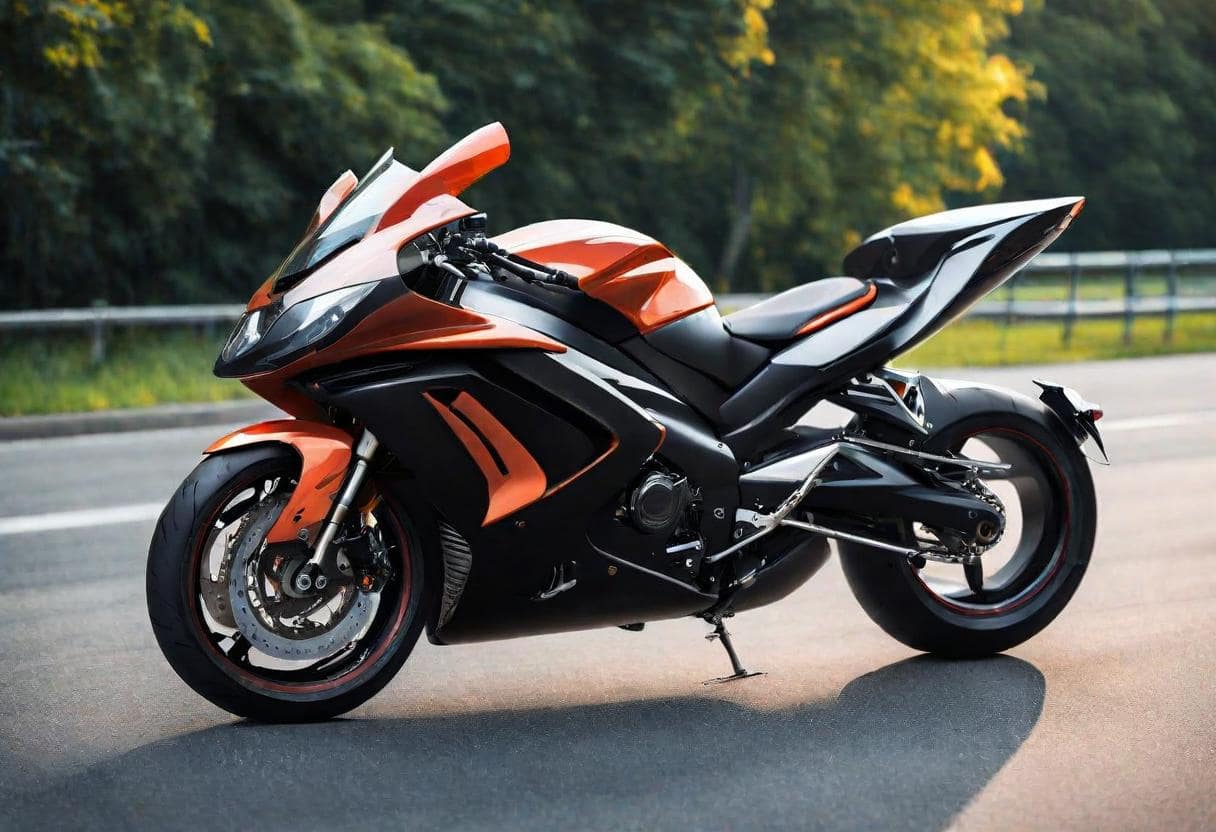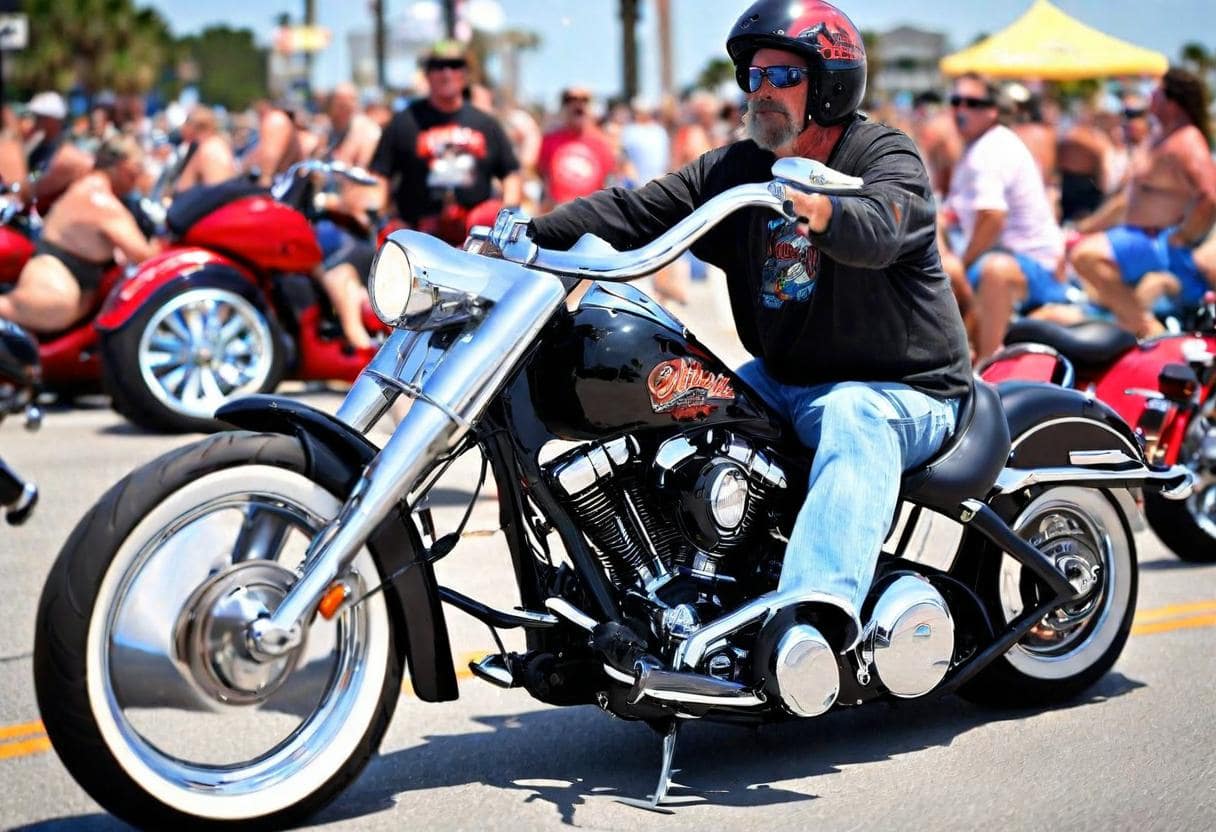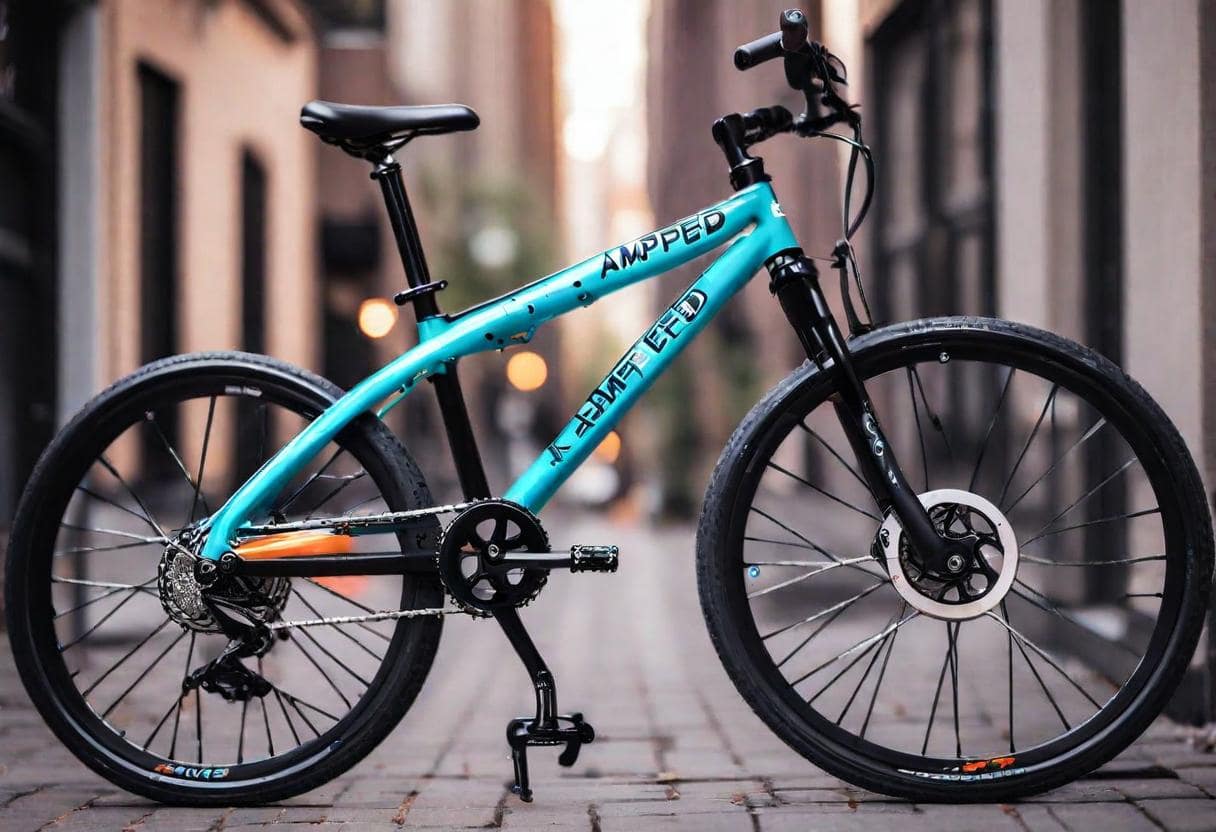Introduction
Are you pondering the legality of motorcycles traversing between lanes? The question, “Is it legal for a motorcycle to drive between lanes,” is a topic of considerable debate and scrutiny among motorists and policymakers alike. In this discussion, we delve into the complexities surrounding this practice, examining the legal frameworks, safety considerations, and societal implications associated with lane splitting. By exploring the various perspectives and factors involved, we aim to shed light on this contentious issue and provide insight into the regulations governing motorcycle maneuvering on the road.
Legal Status of Lane Splitting
The legality of lane splitting is a contentious issue. While some states and countries explicitly permit lane splitting, others have laws prohibiting it. In regions where it’s neither explicitly permitted nor prohibited, the legality may be subject to interpretation by law enforcement officers or courts. For example, California is one of the few places in the United States where lane splitting is legal, but the specifics of what constitutes safe lane splitting are not clearly defined in state law.
Safety Concerns
Safety is a significant concern surrounding lane splitting. Motorcycles are inherently less stable than cars, and riding between lanes increases the risk of accidents. Factors such as limited space, reduced visibility, and the unpredictability of other motorists can make lane splitting hazardous, especially at high speeds or in heavy traffic.

Benefits of Lane Splitting
Despite safety concerns, advocates stress that lane splitting offers many advantages. One of the primary advantages is reduced traffic congestion. Traffic flow can improve by allowing motorcycles to move between lanes, benefiting all road users. Lane splitting also reduces the time motorcyclists spend in traffic, making commuting more efficient and reducing emissions.
Research and Statistics
Research on the safety of lane splitting has yielded mixed results. Some studies suggest that when done at moderate speeds, lane splitting can be relatively safe, while others highlight the increased risk of accidents and injuries associated with the practice. However, the lack of comprehensive data makes it challenging to draw definitive conclusions about its safety.
Guidelines and Best Practices
To mitigate the risks of lane splitting, various organizations and government agencies have developed guidelines and best practices for motorcyclists. These include recommendations for maintaining a safe speed, staying visible to other motorists, and avoiding lane splitting in certain situations, such as on narrow roads or near intersections.

Public Opinion
Public opinion on lane splitting varies widely. Some people support its legalization as a way to ease traffic congestion and promote motorcycle commuting, while others oppose it due to safety concerns or a perceived unfair advantage for motorcyclists. Surveys and polls have shown that attitudes towards lane splitting often depend on factors such as personal experience with motorcycles and awareness of the practice.
Enforcement and Regulation
Enforcing lane splitting laws can be challenging due to the subjective nature of the practice and varying interpretations of existing regulations. In regions where lane splitting is legal, law enforcement agencies may struggle to educate both motorcyclists and other motorists about the rules and safety considerations associated with the practice.
Global Perspectives
The legality and acceptance of lane splitting vary significantly from one country to another. In some countries, such as Japan and France, lane splitting is widely accepted and practiced, while in others, such as the United States and Australia, it remains controversial or prohibited. Cultural attitudes towards motorcycles and traffic behavior play a significant role in shaping these differences.
Recent Developments
In recent years, there has been growing momentum towards reevaluating lane splitting laws in several jurisdictions. Proposed legislation and pilot programs aim to provide clearer regulations and address safety concerns while acknowledging the benefits of lane splitting. However, progress has been slow, and debates over the issue continue to attract attention from policymakers, advocates, and the public.
Case Studies
Examining case studies from regions where lane splitting is both legal and illegal can offer valuable insights into its practical implications. These case studies can inform policymakers and advocates seeking to shape future legislation and enforcement strategies. For example, in California, where lane splitting is legal, studies have shown that motorcyclists who engage in the practice tend to have a lower risk of rear-end collisions.

Advocacy Efforts
Numerous organizations and advocacy groups are actively involved in promoting or opposing lane splitting. These groups lobby lawmakers, conduct research, and raise awareness about the benefits and risks associated with the practice. Their efforts play a crucial role in shaping public opinion and influencing policy decisions at the local, state, and national levels.
Media Coverage
Media coverage of lane splitting incidents can influence public perception and policy discussions. Balanced reporting that highlights both the advantages and risks of lane splitting is essential for fostering informed debate and decision-making. However, sensationalized or biased coverage can perpetuate misconceptions and hinder efforts to address the issue constructively.
Future Outlook
The future of lane splitting laws is likely to be influenced by evolving transportation trends, technological advancements, and changing attitudes towards motorcycles and urban mobility. Continued research and dialogue will be necessary to ensure that policy decisions reflect the needs and concerns of all road users. Ultimately, finding a balance between promoting traffic efficiency and ensuring safety will be crucial in shaping the future of lane splitting regulations.
In what states is lane splitting legal?
Lane splitting legality varies across different states in the United States. As of now, California is the only state where lane splitting is explicitly legal. However, other states such as Utah, Montana, and Arizona have considered legislation to legalize lane splitting under specific conditions. Motorcyclists need to check the laws in their state regarding lane splitting to ensure compliance and safety on the road.
Is lane splitting legal in Florida for motorcycles?
As of the latest update, lane splitting is not explicitly legal in Florida for motorcycles. Unlike California, Florida does not have specific laws permitting lane splitting. However, the state’s traffic laws do not expressly prohibit the practice either. Therefore, the legality of lane splitting in Florida remains somewhat ambiguous, and it’s crucial for motorcyclists to exercise caution and adhere to safe riding practices while navigating traffic. Additionally, it’s advisable for riders to stay informed about any updates or changes in traffic regulations that may affect the legality of lane splitting in Florida.
Is lane splitting legal in IL?
As of the latest information available, lane splitting is not legal in Illinois for motorcycles. Unlike some states where lane splitting is explicitly permitted under certain conditions, Illinois traffic laws do not authorize motorcycles to engage in lane splitting maneuvers. Therefore, motorcyclists in Illinois should refrain from attempting to split lanes and instead adhere to traditional traffic laws and safe riding practices. It’s essential to prioritize safety and respect the regulations governing road usage to prevent accidents and ensure a smooth flow of traffic for all road users. Additionally, riders should stay updated on any changes or developments in Illinois traffic laws that may impact the legality of lane splitting.
Conclusion
In conclusion, the legality of motorcycles driving between lanes, or lane splitting, is a complex and multifaceted issue with implications for safety, traffic management, and motorcyclist rights. While proponents argue that it offers tangible benefits in terms of traffic efficiency and rider convenience, opponents raise valid concerns about safety and fairness on the road. As policymakers, advocates, and the public continue to grapple with this issue, it’s essential to prioritize safety while exploring ways to accommodate the unique needs of motorcyclists in an increasingly congested world.
FAQs
What is the difference between lane splitting and filtering?
Lane splitting and filtering are both maneuvers performed by motorcyclists to navigate through traffic, but they differ in their execution and context. Lane splitting involves a motorcycle riding between lanes of slow-moving or stopped traffic, typically on multi-lane roads or highways. On the other hand, filtering refers to the process of a motorcycle moving between lanes of traffic that are either stationary or moving slowly, usually at intersections or in congested urban areas. While both practices share the goal of allowing motorcyclists to progress through traffic more efficiently, lane splitting typically occurs at higher speeds and involves traversing entire lanes, whereas filtering may involve smaller adjustments within lanes or between stationary vehicles.
Why lane splitting should be illegal?
There are several arguments against legalizing lane splitting. Opponents of the practice often cite safety concerns as the primary reason for advocating against its legalization. Lane splitting increases the risk of accidents for both motorcyclists and other motorists due to reduced visibility, limited space, and the potential for unpredictable movements. Additionally, allowing lane splitting could lead to confusion and conflict on the roads, as drivers may not anticipate or understand the presence of motorcycles maneuvering between lanes. Legalizing lane splitting could also create enforcement challenges for law enforcement agencies tasked with ensuring compliance and safety on the roads.
Is lane splitting good or bad?
The question of whether lane splitting is good or bad depends on various factors, including safety considerations, traffic conditions, and individual perspectives. Proponents of lane splitting argue that it can help alleviate traffic congestion, reduce travel times for motorcyclists, and promote more efficient use of road space. Additionally, some studies suggest that when performed safely and responsibly, lane splitting may not significantly increase the risk of accidents. However, opponents raise valid concerns about the potential dangers associated with lane splitting, such as increased vulnerability to collisions and the difficulty of enforcing safe practices. Ultimately, whether lane splitting is considered good or bad may vary depending on the specific context and the balance of its benefits and risks.
Is it a good idea to split a lane?
Whether splitting a lane is a good idea depends on various factors, including traffic conditions, rider experience, and safety considerations. In situations where traffic is at a standstill or moving slowly, lane splitting may offer motorcyclists a practical way to progress through congested areas more efficiently. However, the decision to split a lane should be made with caution and consideration for the surrounding environment. Motorcyclists should assess the risks and benefits of lane splitting based on factors such as vehicle speed, lane width, visibility, and the behavior of other road users. Additionally, adhering to recommended guidelines and practicing defensive riding techniques can help mitigate the risks associated with lane splitting and enhance overall road safety.







